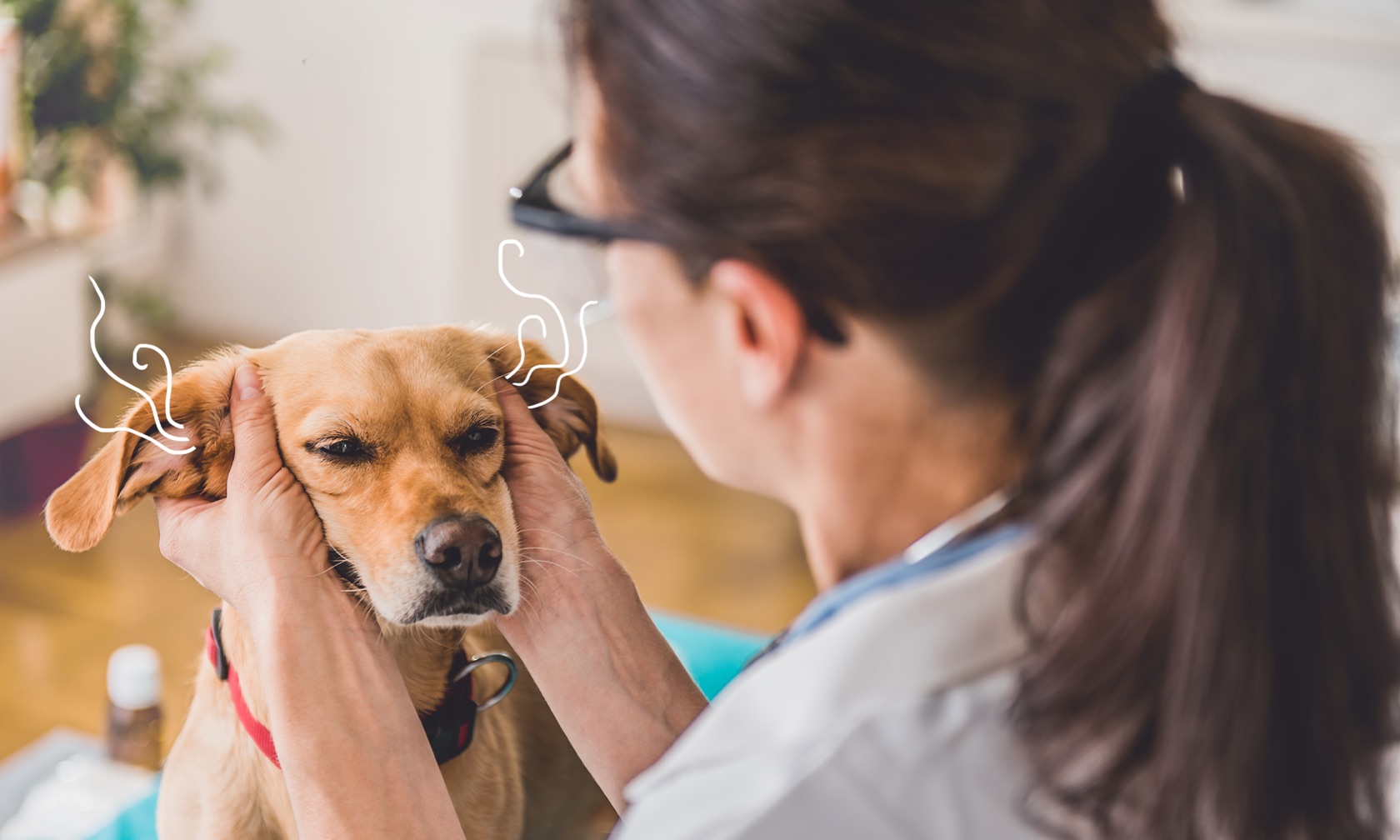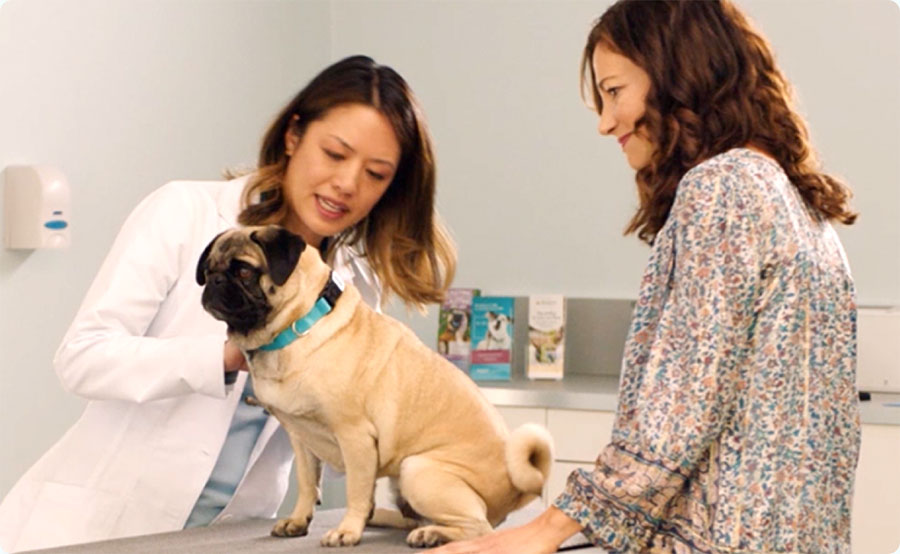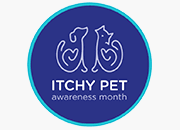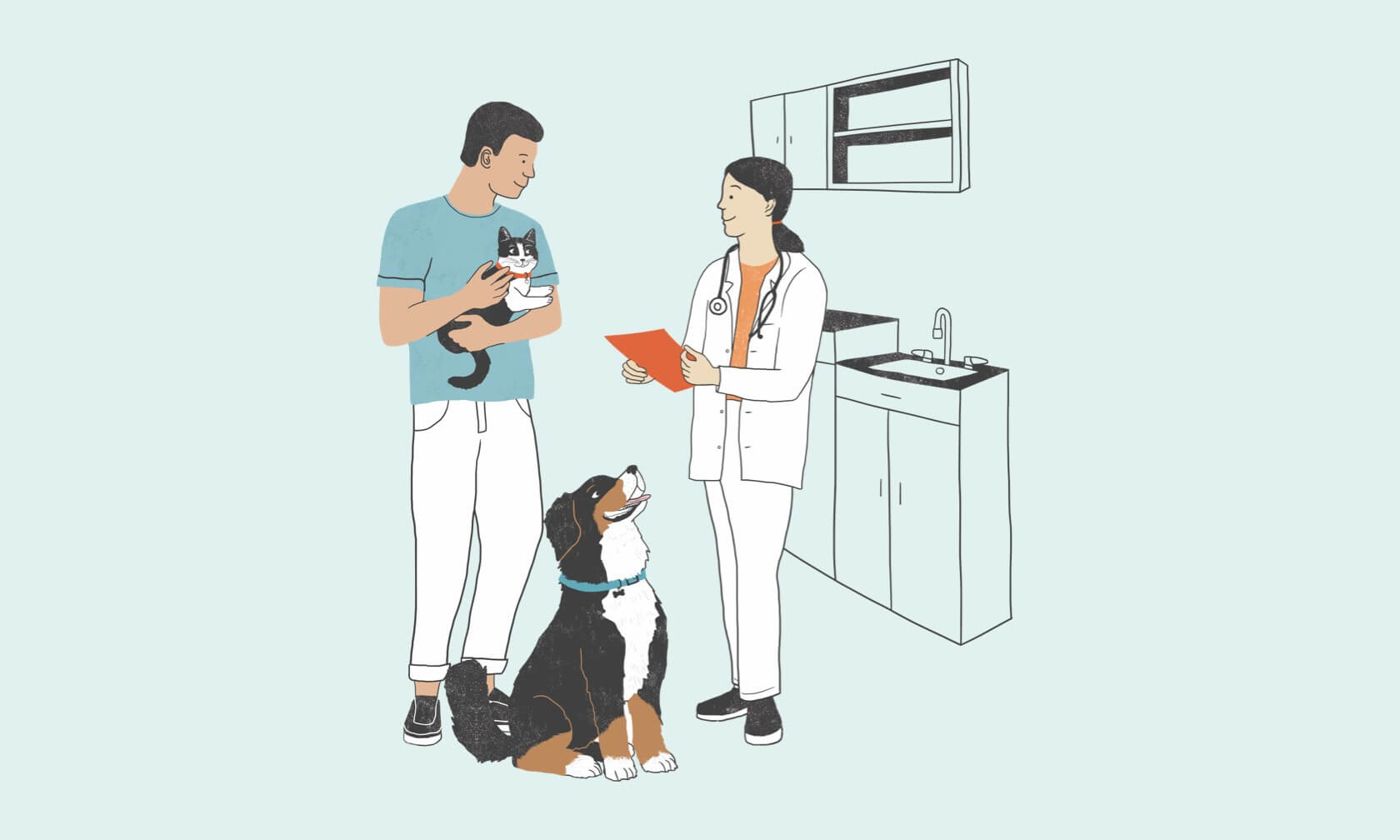Dogs with environmental allergies (atopic dermatitis) suffer a lot from the discomfort of constant itching and irritated skin. And if that wasn’t enough, they are also more prone to itch flare factors such as fleas, staph or yeast infections, and food allergies. Did you know that dogs with allergies are also prone to getting ear infections? Dog ear infections are often a secondary symptom of underlying skin allergies, especially allergies to dust mites, molds, pollens, and animal proteins in dog foods1.
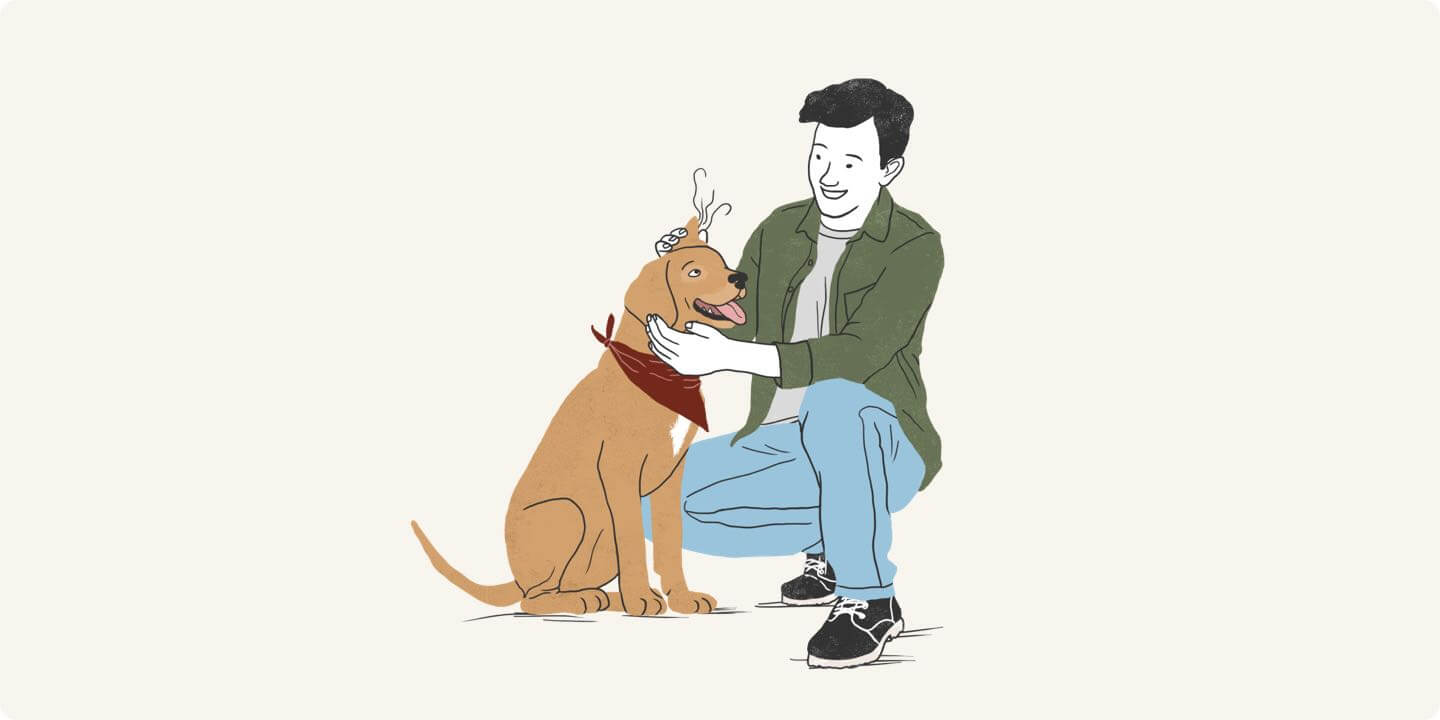
Causes & Symptoms of Ear Infections in Dogs
Your dog’s ears naturally have yeast and bacteria in them, but ear infections occur when the ear becomes moist and inflamed with increased wax and discharge. This allows the yeast and bacteria to multiply and overwhelms the immune system’s ability to control the infection. If you notice your dog scratching their ears or shaking their head more often than usual, dragging the side of their face along the carpet or furniture, smell a bad odor from the ear, or see redness on their inner ear flap or in their ear canal, they could have an ear infection.
Diagnosing Your Dog’s Ear Infection
Your veterinarian is your best resource to help you figure out if it is an ear infection, and not a painful foxtail, tick or something else lodged in the ear canal. Then if it is an infection, they can diagnose the cause and give you advice on the best treatment options. Chronic or recurrent, non-seasonal ear infections for dogs may be due to a food allergy, while those that have a more seasonal pattern are often due to an underlying environmental allergy (atopic dermatitis). If the infection is only in one ear and there are no other signs of skin allergies, your veterinarian will want to rule-out an ear tumor or foreign body. This may involve sedation so your veterinarian can look deep in the ear canal with an otoscope.
Preventing Your Dog’s Ear Infections With Proper Cleaning
In dogs with allergies that are prone to ear infections, regular ear cleaning can be helpful. To prevent ear infections from developing you should properly clean your dog’s ears weekly — a great time to do this is right after you give them their weekly bath.
Your veterinarian or veterinary technician can show you how to correctly clean your dog’s ears to help you feel more comfortable doing it on your own. As a rule of thumb, avoid using Q-tips, as these can easily cause damage to your dog’s ear, puncture their eardrum, and push debris further down into their ear canal.
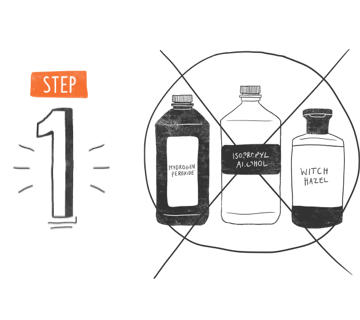
Start with an ear cleaner recommended by your veterinarian (don’t use rubbing alcohol, hydrogen peroxide, or witch hazel, as these can irritate your pet’s delicate ear canals).
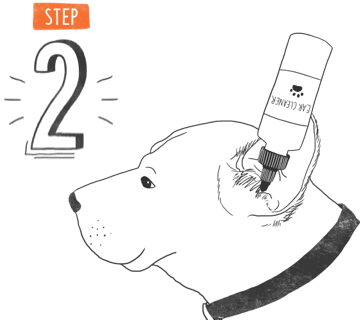
Squeeze a good amount of ear cleaner into your dog’s ear canal. You want to use enough that it starts to spill out of their ear.
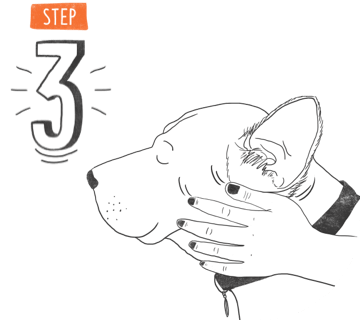
Gently massage the base of your dog’s ear until you hear the solution make a squishing noise.
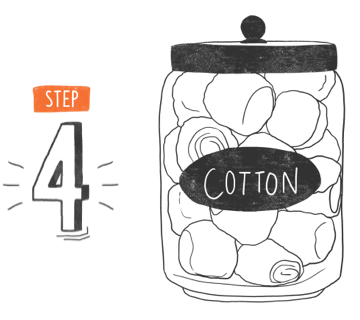
Lift your dog’s ear flap to straighten out the “L” shape of their ear canal and insert a real cotton ball (not synthetic) into the ear. Massaging the base of the ear will help the cotton absorb the solution and any debris. Then remove the cotton ball.
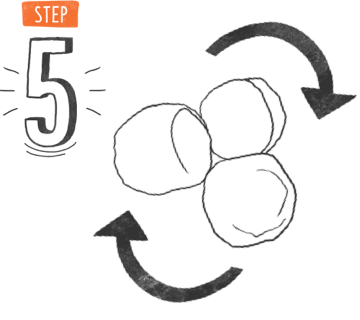
Repeat the last step with new cotton balls until the cotton comes out clean.

Wait 30 minutes before putting in any ear medication.
Normal dogs without skin allergies only need their ears cleaned if they appear dirty. Normal ears have a self-cleaning mechanism and don't need regular cleaning. However, in dogs prone to allergies and ear infections, maintenance ear cleaning should be done weekly, but if your dog is diagnosed with an ear infection you’ll need to clean them more often during treatment. During treatment, your dog’s ears should be cleaned no more than every other day — if you clean more than that you risk irritating their ears, breaking down that delicate skin, and over-wetting the ear canal. If your dog’s ear infections keep coming back, speak with your veterinarian about seeing a veterinary dermatologist to ensure the best possible results for your dog and to get ahead of it before the canal becomes so thick and scarred it requires surgery.
During treatment, your dog’s ears should be cleaned no more than every other day
By taking some preventive steps such as giving your dog anti-inflammatory medication, doing regular ear cleanings, and seeing your vet to diagnose the cause of your dog’s ear infections, your dog can avoid most ear flare-ups and stay comfortable and itch-free.
ZPC-00315R2
- Saridomichelakis, M, et al., (2007). Aetiology of canine otitis externa: a retrospective study of 100 cases. Veterinary Dermatology, 18(5), pp.341-347.
